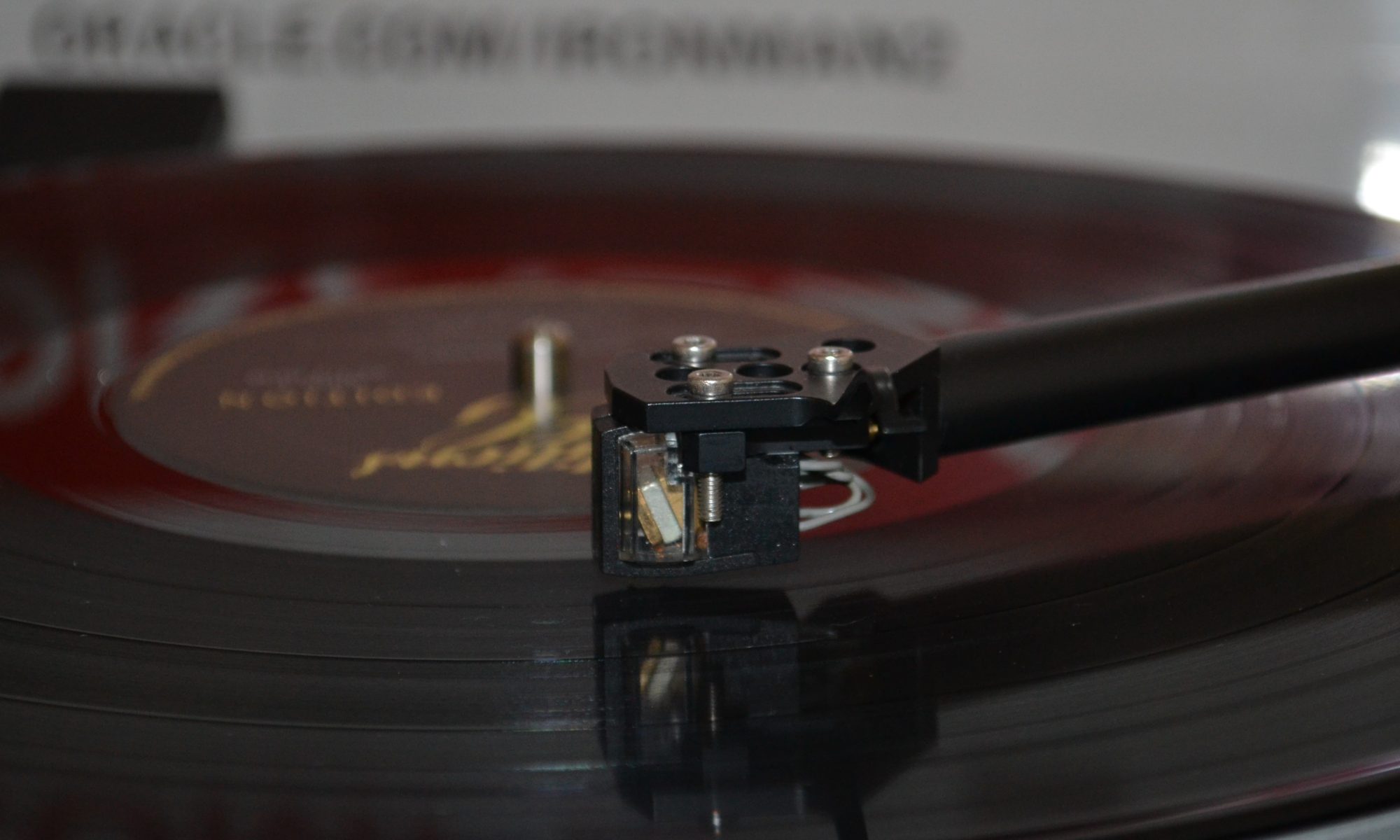Wow, it’s been over a year since my last post, and it has not been because of not wanting to. 2024 has been a rough year for my family with several significant events, mostly related to health but I don’t want to get into much detail. The last event I for sure want to mention it here since it basically changed what I thought about life since I was basically born again that morning.
October 1, 2024, 8:43AM AST, I had just finished a conference call with a peer in India when I noticed a red flash to my right. Thinking it was a lightning I shrugged my shoulders, stood up, and a few milliseconds later a destructive expansion wave came crashing thru the window to my right and the one behind me, including flying debris. At that moment I though so many things, that a lightning had struck my house and my generator propane tank had exploded, or even that a plane had crashed on top of us. I was thrown over a few feet away and ended up standing in my home office door looking at my master bedroom towards my bed. My wife, who at that moment was laying in the bed checking her emails was screaming asking what had happened, and at that same time my eldest son came to the room asking the same and screaming. The floors were all covered in shattered glass and debris and we all were bare feet. Carefully I moved around and found my tennis shoes and looked out thru one of the blown away windows. My back door neighbor’s house had exploded and the structure had collapsed.

The picture above was taken from my home roof the day after the explosion. Regrettably my neighbor passed away due to the injuries incurred when the roof fell in top of her. 22 homes suffered some kind of damage including mine, which lost almost all its windows and external doors. Thankfully we were not severely injured but we had to undergo physical therapy due to the impact of the expansion wave. In the end a gas leak was the root cause of the explosion. She was an odor candle lover and seems she did not notice the bad smell of rotten eggs while lightning up one candle.
This Thanksgiving Day I want to gives thanks that my family and me are still alive. Material things can be recovered, but life once lost is gone.
Happy Thanksgiving!!!
















